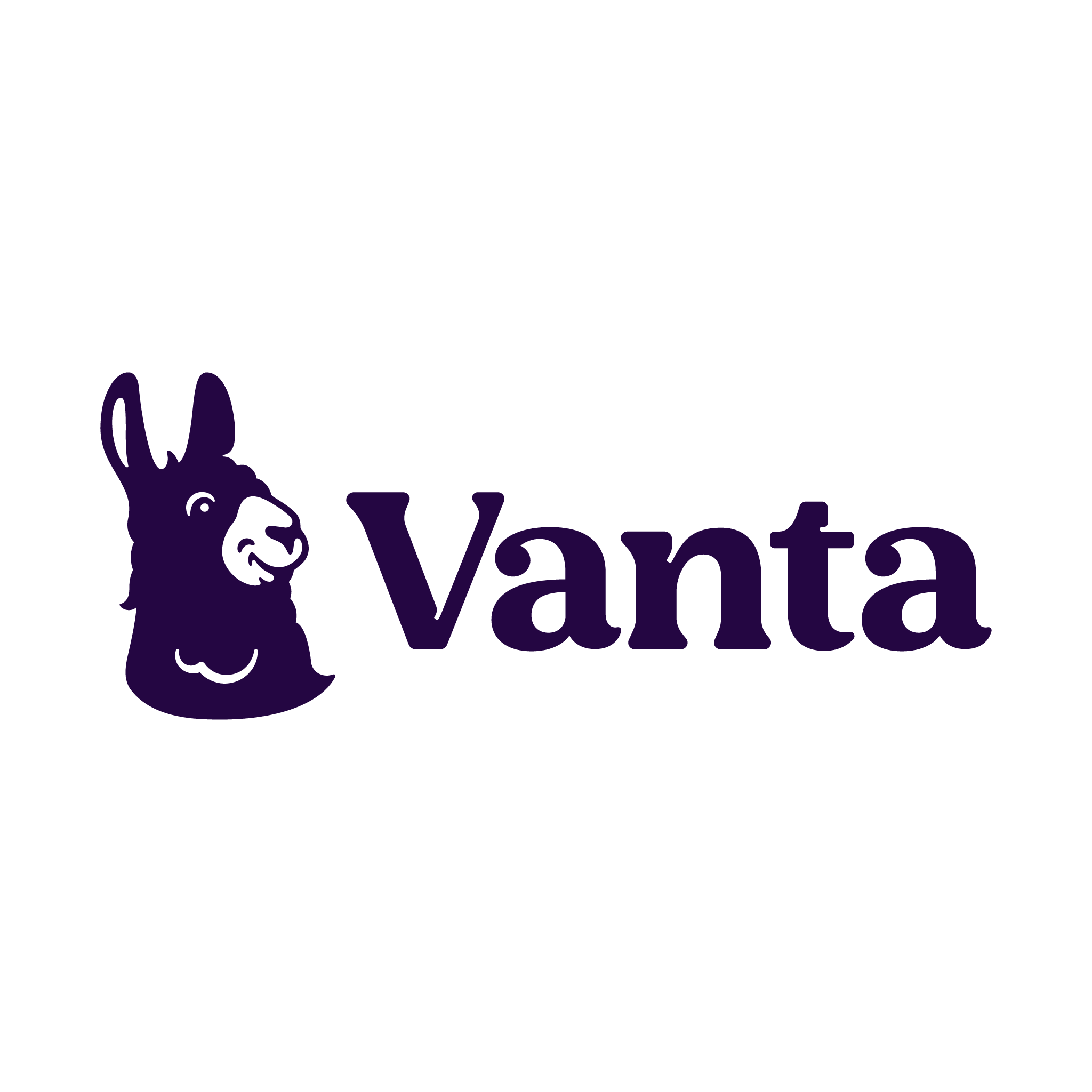Introduction
As organisations continue to rely heavily on Software-as-a-Service (SaaS) tools and cloud-based vendors, the need to proactively manage third-party risk is more critical than ever. With over 60% of data breaches originating from third parties and the average organisation using upwards of 110 SaaS applications, the threat landscape has never been more complex.
Implementing a strong vendor management program is no longer just about meeting compliance obligations. It’s a fundamental part of protecting sensitive data, maintaining operational integrity, and upholding customer trust.
In this article, we explore the key challenges in managing third-party risk and provide practical guidance for developing a vendor management program that enhances security without becoming a roadblock to business innovation.
Understanding the Challenges of Vendor Risk Management
Managing third-party risk is far from straightforward. While compliance frameworks such as SOC 2 and ISO 27001 mandate vendor management processes, they often stop short of prescribing exactly how these should be implemented. This leaves many security teams, especially those with limited resources, to interpret and apply best practices on their own.
One of the biggest challenges is visibility. Security teams often lack a clear view of the tools and vendors being adopted across the business. Shadow IT (where employees introduce new software without formal approval) compounds the issue. Additionally, manual processes such as tracking vendor lists in spreadsheets and conducting one-off risk assessments can significantly hamper efficiency.
As Gig Walsh, Director of Security & Compliance at LinkSquares, explains, “When we put data in someone else’s cloud, if they have a breach, it’s still my fault… I own the data, and it’s my job to do that due diligence.”
Building a Strong Vendor Management Program
Despite the hurdles, building an effective vendor risk program is achievable with the right strategy. Here are some key steps to consider:
Inventory Vendors and Follow the Data
The first step in managing vendor risk is establishing a comprehensive inventory. Understanding which vendors are being used, what data is shared with them, and how that data flows through your organisation is essential.
This process involves more than just listing tools; it requires active engagement with department heads to understand how tools are being used and which systems are handling sensitive information.
As Aaron Kraus, Director of InfoSec at ButterflyMX, notes, “If you’re not aware of where your data is being shared, analysing vendors who may or may not be touching it is not going to provide a whole lot of value.”
Prioritise Vendors Based on Risk and Criticality
Not all vendors are created equal. Some access highly sensitive data or support mission-critical functions. Using a risk-based approach helps focus efforts where they are needed most.
Categorising vendors into high, medium, and low-risk tiers ensures that security reviews and reassessments are appropriately prioritised. High-risk vendors should receive more frequent and detailed assessments, while low-risk providers may require less scrutiny.
Perform Rigorous Security Reviews
A thorough security review should examine vendor certifications (e.g. SOC 2 Type II or ISO 27001), audit reports, and incident response practices. However, not every finding in a SOC report should be treated as a red flag.
Security is not binary. According to Sean Jackson, Director of Trust at Spiff, “If you’re fixing your mediums, you’re worrying about the real-world activity.”
This nuanced approach enables teams to better understand a vendor’s overall security maturity, rather than simply ticking compliance boxes.
Establish a Reassessment Cadence
Security reviews should not be a one-time event. Vendors must be re-evaluated regularly, with the cadence adjusted based on their risk profile. For instance, critical vendors handling sensitive data may need annual reviews, whereas others may be reviewed less frequently.
Using automated reminders and integrating security tools with reassessment workflows can help maintain consistency and accountability over time.
Conduct Access Reviews and Set Expectations
Quarterly access reviews are essential to ensure that only authorised individuals have access to critical systems. This is not just a compliance requirement, but a practical method to reduce potential exposure from insider threats or overly broad access permissions.
Equally important is setting expectations within the business. Clearly defined procurement policies, including when to involve the security team and what documentation is required, can streamline onboarding and reduce friction between teams.
Aaron Kraus emphasises that aligning the vendor management approach to company culture is key, “The most important thing is figuring out how your organisation actually works… Security should always be aligned to business objectives.”
Automating Vendor Risk Management
For organisations managing dozens or even hundreds of third-party vendors, automation is critical. Good vendor risk management solutions offer features that significantly reduce manual overhead:
- Automatic vendor discovery to surface unknown or shadow IT tools
- Risk scoring rubrics tailored to your organisation’s priorities
- Centralised document review hubs for streamlined audits
- Integrated access review workflows to ensure least-privilege access
These tools help reduce the time spent on security reviews by up to 90%, enabling security teams to focus on more strategic initiatives.
In Conclusion
In an era where third-party tools are vital to business success, minimising vendor risk is not about saying “no” to innovation, it’s about saying “yes” responsibly. With the right blend of visibility, process, and automation, security teams can effectively manage risk while supporting the broader objectives of the organisation.
By adopting a structured vendor management program, underpinned by tools like Vanta, businesses can not only meet compliance standards but also build a resilient security posture that reinforces trust with customers, partners, and stakeholders alike.
You can read the full and detailed document here.



